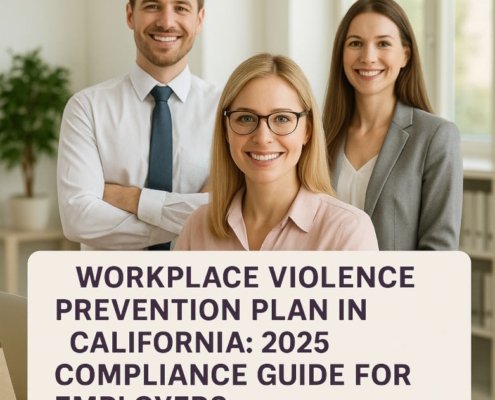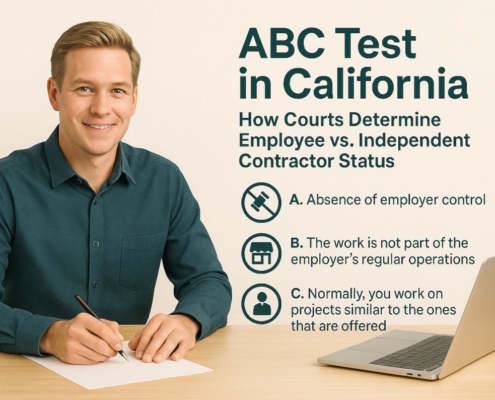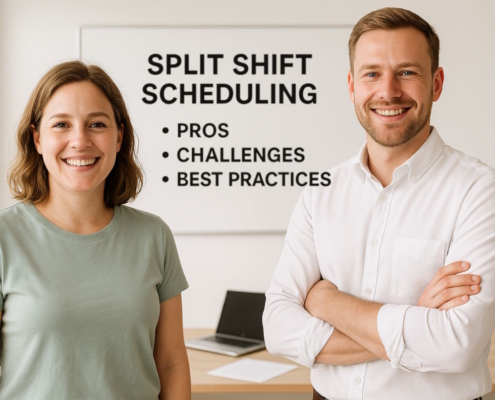What is the human resource planning process?
A successful human resource planning process enables companies to maximize human capital and develop a workforce that is ready for the future. Let’s take a closer look at the significance of human resource planning as well as the steps involved.
The term “human resource planning” (HRP) refers to a continuous, data-driven process whereby an organization systematically plans for its future needs in terms of human resources to guarantee that open positions are filled with qualified candidates. It highlights the most important HR activities for the upcoming term that will support the company in achieving its strategic objectives and preserving its competitive edge without experiencing excessive or insufficient personnel.
The value of planning for human resources
To keep up with the constant changes in technology, both global and local economies, product innovation, and culture, organizations need to be able to adapt their human resources. Planning your human resources is essential to having a workforce that is well-equipped, and it also has other benefits that help your firm achieve its goals.
The following are some goals that HRP can accomplish:
- Anticipating and being ready for changes in corporate environment and culture.
- Recognizing and anticipating changes in jobs and skill sets is necessary to fulfill labor demands.
- Recruiting the best people in a timely manner to support plans for growing, shrinking, or diversifying the organization.
- Modifying hiring practices and benefits to attract and choose the top applicants.
- Supplying the best possible technical and soft skills to your staff in order to boost output.
- Creating career pathways for staff members to boost their value and level of satisfaction.
- Establishing and preserving important HR procedures. (Recruitment and selection, development and training, planning for pay and benefits, performance management.)
- Using your HR money wisely.
- Keeping up adherence to legal requirements and corporate policies.
Human resource planning is a useful procedure, but it is not without its difficulties. Human resource managers can better plan for potential downsides by being aware of them. Recognize the following scenarios that you might experience:
- It will take a long time and careful work.
- It will be expensive.
- Having to rely on predictions, which are never totally precise.
- Variations and ambiguity in the market are unavoidable.
- Information systems and technology might not be sufficient to give you all the data you require.
- Needing to compile information from several sources.
- Employee opposition to internal changes is common.
5 steps in human resource planning
There are five broad steps to the actual human resource planning process. To assist you with navigating the procedure, a summary of each stage is provided below:
- Examine the goals and plans of the organization
HR planning needs to be linked to company objectives to be successful. Thus, you must begin with an end goal in mind. Establish the organization’s future goals, how it plans to achieve them, and how HR initiatives will support these goals.
HR must be engaged in the specific goals of each department. HR should ideally collaborate closely with management and understand the goals that each division of the business is striving to achieve. Once you are aware of that, you may then determine how HR will address those needs. For instance, you might need to concentrate on hiring for some areas while reorganizing and downsizing staff for others.
- Assess the present condition of your personnel and identify any deficiencies
Before moving forward with future plans, you must evaluate the strengths and weaknesses of the organization’s personnel to determine where it stands right now. Do you employ the appropriate number of seasoned workers? Which talents, and to what degree, are now possessed by your current employees? To accomplish this, consider the following:
- What is the size of your overall staff?
- What is the size of each department’s workforce?
- What number of workers are in each position?
- What qualifications, degrees, and abilities do your staff possess?
- According to the performance evaluation statistics, how do employees rank?
- What age range do your staff fall into? (How many people are getting ready to retire?)
HR experts can look into these characteristics in a number of ways, including:
- Consult with department heads and managers to find out how they assess the skills of their staff members and identify areas for development.
- Perform self-evaluations for employees.
- Examine data from the HRIS.
- Examine previous performance evaluations.
You can create a road map for this phase of the HR planning process with the use of technologies. An organizational chart is a graphic representation of the jobs and reporting lines within a company’s staff hierarchy. A replacement chart shows possible candidates and their preparedness to fill in for departing employees in specific roles. The availability and readiness of present workers to transition into horizontal or higher-level roles are examined in a skills inventory. It lets you determine whether staff members are qualified to move into new roles when the demands of the business change. It also aids in identifying any skill gaps you may have.
- Project future needs for human resources
The most important step in the HR planning process is demand forecasting. Assess the upcoming supply and demand for qualified personnel while keeping in mind the organization’s future objectives. Demand forecasting entails figuring out how many workers and what kind of skill levels are needed. Supply forecasting projects future capacity to satisfy your needs from both internal (promotions, transfers, and position expansion) and external sources.
You use industry and market trends along with internal data to do this forecasting. Make careful to take into account elements like these:
- New goods or services are about to arrive.
- Potential purchases or mergers
- Labor expenses
- Estimated rates of employee turnover and retirements/vacancies
- Automation and technological advancements
Using scenario planning, you can generate ideas for potential future events that could impact your organization’s strategy and workforce needs. Think about changes in the economy, new laws and regulations, technology, and other areas. Think about how you can adapt and what safety precautions you should take.
Using a gap analysis, you may assess how many and what kind of employees the company currently has compared to what will be required to reach its objectives. This process entails:
- Recognizing the situation of the labor force today.
- Figuring out what the perfect circumstances are.
- Finding the current gaps in knowledge.
Conduct a SWOT (strengths, weaknesses, opportunities, and threats) analysis to organize your results and determine which areas require the greatest attention.
Adopting flexible human resources management strategies helps optimize workforce efficacy and readiness.
The next step is for you to determine how to respond to inquiries such as these in order to match the need for qualified workers with the supply that is available, both internally and externally.
- Do we need to hire extra staff members for additional jobs? If yes, from where? In what number? Complimentary or full-time?
- Is there a sufficient supply of applicants in the market?
- Do we need to grow and teach our current staff members in order to reallocate them? Which ones?
- Are we making enough use of the experience of our present staff members?
- Will any of our HR procedures or policies need to be modified in the future to meet our demands for human resources?
- Create and carry out a plan
It’s now time to create an action plan for human resources that complements your company’s overarching goal. To prepare your company for the future, it should incorporate talent strategies that balance supply and demand and take into consideration all of the assessments you’ve already conducted.
Theoretically, you could begin with changing the company’s name from X to Y and then identify the specific steps that HR will help with. This will entail creating techniques to improve particular tactics in order to get you to the optimal point. Recruiting, onboarding, training, perks, performance management, flexible/remote work arrangements, and corporate culture are typical areas of emphasis.
A strategic HR plan cannot have material that is tailored to every situation. Every organization will have a different strategy based on its objectives and nature of business. A multinational corporation’s plan would contain entirely different elements than that of a small startup. If a corporation has to find a specific number of highly qualified workers with particular knowledge, it might need to start with an expanded recruitment program.
After establishing your plan, your main task is to include it with effective communication throughout the organization. Be ready for any resistance to change among management and frontline staff. Hiring new staff will make integration easier because they will be more receptive to a different approach.
- Review, monitor, and reassess your plan
You need to assess whether your human resource plan is working after you implement it. Examine how successfully it assists you in carrying out the organizational plan and accomplishing objectives related to productivity, employee satisfaction, retention, etc. Keep an eye on the new procedures and search for any places where the strategy might be compromised.
Finding out how changes are affecting staff members is also crucial. To gauge how things are going, managers can request feedback from employees during performance evaluations or conduct staff surveys.
Once you get feedback, you may pinpoint any challenges and devise solutions to enhance and modify your plan. Resuming the planning process from step one with the knowledge gained from the first implementation is even an option.
Planning procedures for human resources must be an ongoing, evolving effort that is continually evaluated to keep up with the many changes that businesses must deal with.
In sum
While you can’t predict every eventuality and can never be sure what the future will bring, planning for it is never easy. Still, the effort is worthwhile. By planning beforehand, human resources managers can avoid adapting on the fly in more scenarios.
You have all the ingredients needed for a successful human resource planning process that produces a tangible, workable plan if you have a precise grasp of the dynamics and dimensions of human resources. Ensure you thoroughly analyze your existing condition and future needs before developing and implementing your human resource plan.































